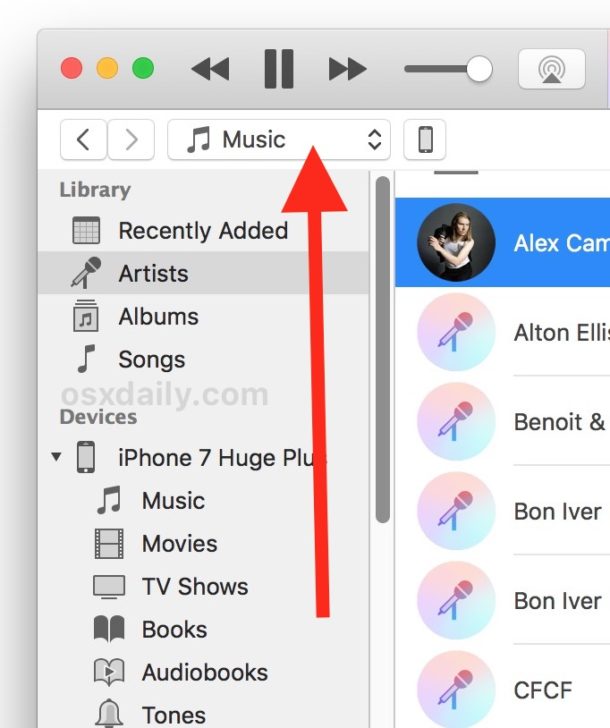On Tuesday, Apple released macOS Big Sur 11.2.1 to the public. This latest software update comes just a little over a week after Apple released macOS Big Sur 11.2, and it’s a minor update through and through. The new software is designed to fix a single issue, and that’s just for select MacBook Pro models. The Retroactive app can modify Aperture, iPhoto, or iTunes to run on macOS Big Sur and macOS Catalina. Download the Retroactive app here. Step 2: Open Retroactive. Apple has released macOS Big Sur. Version 11.0 (technically launching at 11.0.1), Big Sur is a substantial update to macOS that changes the look and feel of the entire system. The Notification Center and widgets have now merged into a single view, and elements like Control Center have come over from iOS, but with their own Mac spin. Visit the iTunes Store on iOS to buy and download your favorite songs, TV shows, movies, and podcasts. You can also download macOS Catalina for an all-new entertainment experience on desktop. Your library will transfer automatically to the new Apple Music app, Apple TV, and Apple Podcasts.
- Macos Big Sur Itunes Download 64-bit
- Macos Catalina Download
- Macos Big Sur Itunes Download Free
- Macos Big Sur Itunes Download Windows 10
macOS Big Sur takes the most advanced operating system in the world to a whole new level of power and beauty, and makes your apps look better than ever. Widgets and the widget gallery help you deliver more value to your users. Adding intelligence to your apps with machine learning is simple with extensive tools, models, training capabilities, and APIs. You can create more powerful Mac versions of your iPad apps with Mac Catalyst. And you can easily bring your extensions to Safari — and to the App Store.
Macos Big Sur Itunes Download 64-bit
All-new Interface

macOS Big Sur brings a new design that’s been finely tuned for the powerful features that make a Mac a Mac. Core features, such as the menu bar and Dock, take advantage of the large Mac display, with translucent backings and spacious pull-down menus. The new Control Center, designed just for Mac, provides quick access to controls while keeping the menu bar clutter-free. Notification Center puts recent notifications and powerful new widgets together in a single view for at-a-glance information as you work. And a streamlined new design for apps features full-height sidebars and integrated toolbar buttons.
Macos Catalina Download
Widgets
Easily build widgets using the WidgetKit framework and the new widget API for SwiftUI. Widgets now come in multiple sizes, and users can visit the new widget gallery to search, preview sizes, and add them to Notification Center to access important details at a glance.

Safari Extensions
With support for the popular WebExtension API, it’s even easier to bring powerful extensions to Safari. Xcode 12 even includes a porting tool to streamline the process.
The new Extensions category on the Mac App Store showcases Safari extensions, with editorial spotlights and top charts to help users discover and download great extensions from the developer community.
Machine Learning

With macOS Big Sur, creating apps that leverage the power of machine learning is even easier and more extensive with additional tools in Core ML for model deployment, new models and training capabilities in Create ML, more APIs for vision and natural language, and improved resources for training on Mac and converting models to Core ML format.
Macos Big Sur Itunes Download Free


Mac Catalyst
Create even more powerful Mac versions of your iPad apps. Apps built with Mac Catalyst now take on the new look of macOS Big Sur and help you better define the look and behavior of your apps. You can choose to turn off automatic scaling of iPad controls and layout, allowing you to precisely place every pixel on the screen. Provide full control of your app using just the keyboard, take advantage of the updated Photos picker, access more iOS frameworks, and more.
User privacy on the App Store
The Mac App Store helps users better understand apps’ privacy practices. You’ll need to enter your privacy practice details into App Store Connect for display on your product page.
Tools and resources
Macos Big Sur Itunes Download Windows 10
Use Xcode 12 and these resources to build apps for macOS Big Sur.
